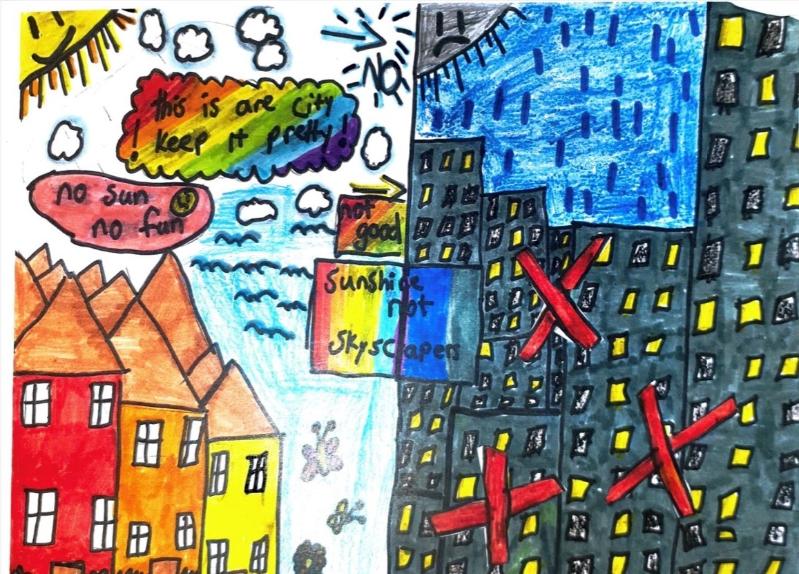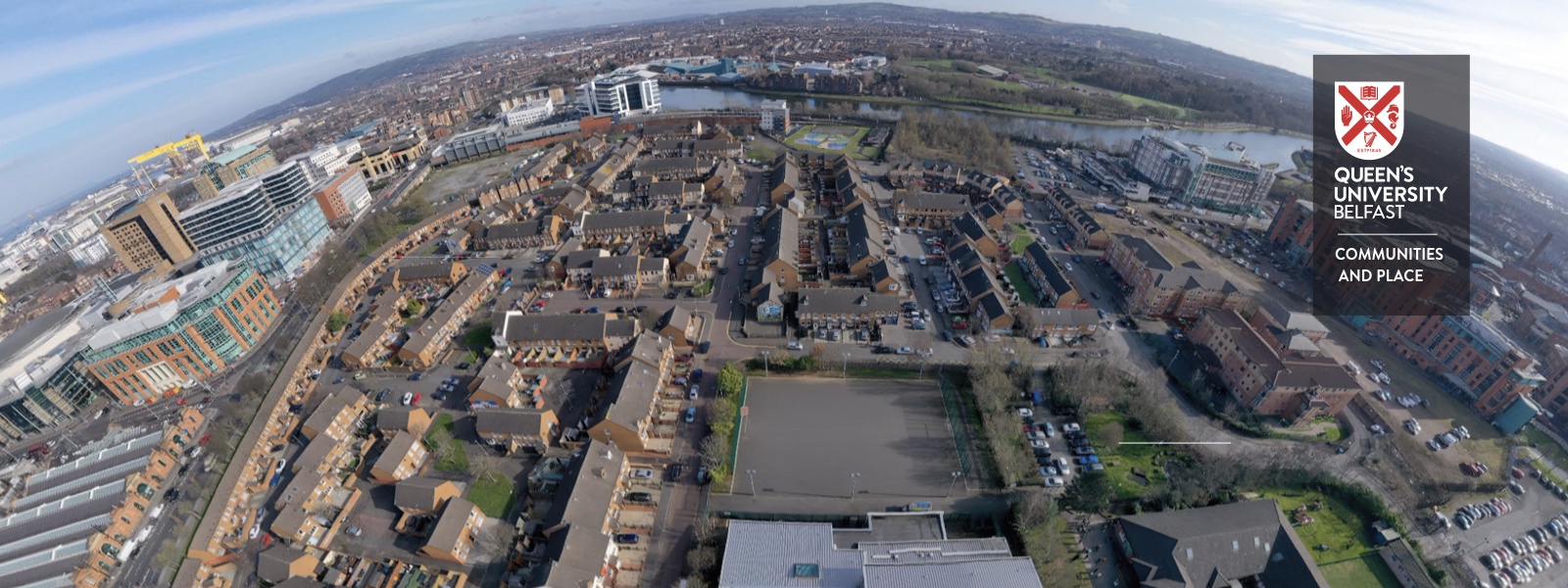Children, Learning and Inclusive Places

QCAPture content -
'Going Beyond Participation - Children as Activists in Change-Making Research'
Contacts -
Dr. Emma Loudon - e.loudon@qub.ac.uk
Funded by the ESRC, the Children, Learning and Inclusive Place (CLIP) project aims to bring together and learn from two of our largest research-led community focused activities - Children’s Neighbourhoods Scotland (CNS) in Glasgow and Queen’s Communities and Place (QCAP) in Belfast.
In this project, we are developing a collaboration that expands our work on student voice, the capabilities approach in research, and the role of place-based learning. Both CNS and QCAP focus on the role of children and young people in making a difference to their communities, specifically in areas with high levels of deprivation. CLIP asks what role universities can play in place-based co-production work and how this strengthens and builds sustainability in the work of current and future community partners.
Much of CLIP involves strategic meetings between the two universities, sharing knowledge, methodological expertise and experiences, as well as collecting primary data. This involves youth-led activities delivered by the team. In Belfast, QCAP is engaging with the children of a local primary school in their partner community, as well as a group of young people who attend a local youth group in the same area. In Glasgow, the NSEE researchers are working with some of the schools that were previously engaged with Children’s Neighbourhoods Scotland and then with the project Young People’s Voices for Climate Change.
While the recruitment takes place in local schools, activities are not constrained to education. Rather, they explore young people as citizens in their communities and ask important questions, such as where do young people feel listened to, and how organisations act upon the views of young residents. This may include issues of climate change, of active travel, town planning, and service provision.
“In the past few years, QCAP has worked with communities in an attempt to understand the key development pressures around sites, development and potential, but we want to move beyond passive consultation with children to create more effective pathways to impact and focus on their role as activists in their local area and beyond. Using the Causeway Approach to conceptualise how different groups can influence others’ ability to achieve their goals, with the CLIP project we are looking forward to co-producing alternatives for these places with children and young people Professor Kathryn Higgins
Director of Queen's Community and Place

